Leica's Oskar Barnack Award have been chosen: what you need to know
12 Leica LOBA 22 candidates shortlisted for prestigious award in photography
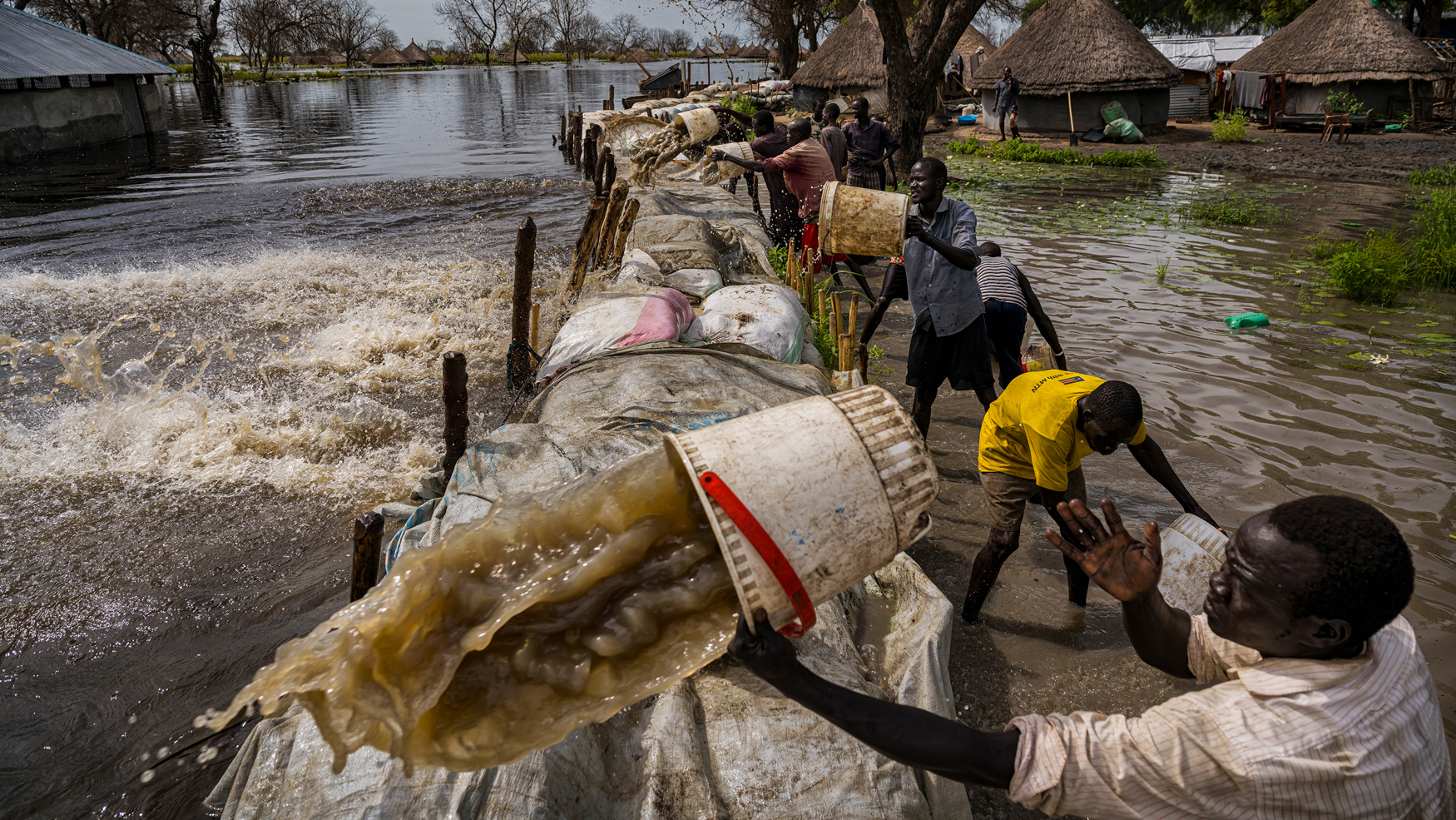
This year there are twelve finalists on the shortlist for the 42nd edition of the internationally renowned Leica Oskar Barnack Award (LOBA) photography competition.
The jury for the 42nd Leica Oskar Barnack Award (LOBA) has now determined the 2022 LOBA shortlist, selected from among proposals submitted by approximately 60 top-ranking international photography experts from 34 countries.
For the first time this year, the Leica Oskar Barnack Award Newcomer – which goes to a photographer under the age of 30 h as been selected in collaboration with international institutions and universities from 15 countries, who have also submitted proposals.
• Looking for the best Leica camera?
From Germany, it was the University of Applied Sciences and Arts in Hanover, with its highly respected Photojournalism and Documentary Photography department, that was involved. The other partners included European universities in France, Great Britain, Italy and Austria, as well as others from around the world.

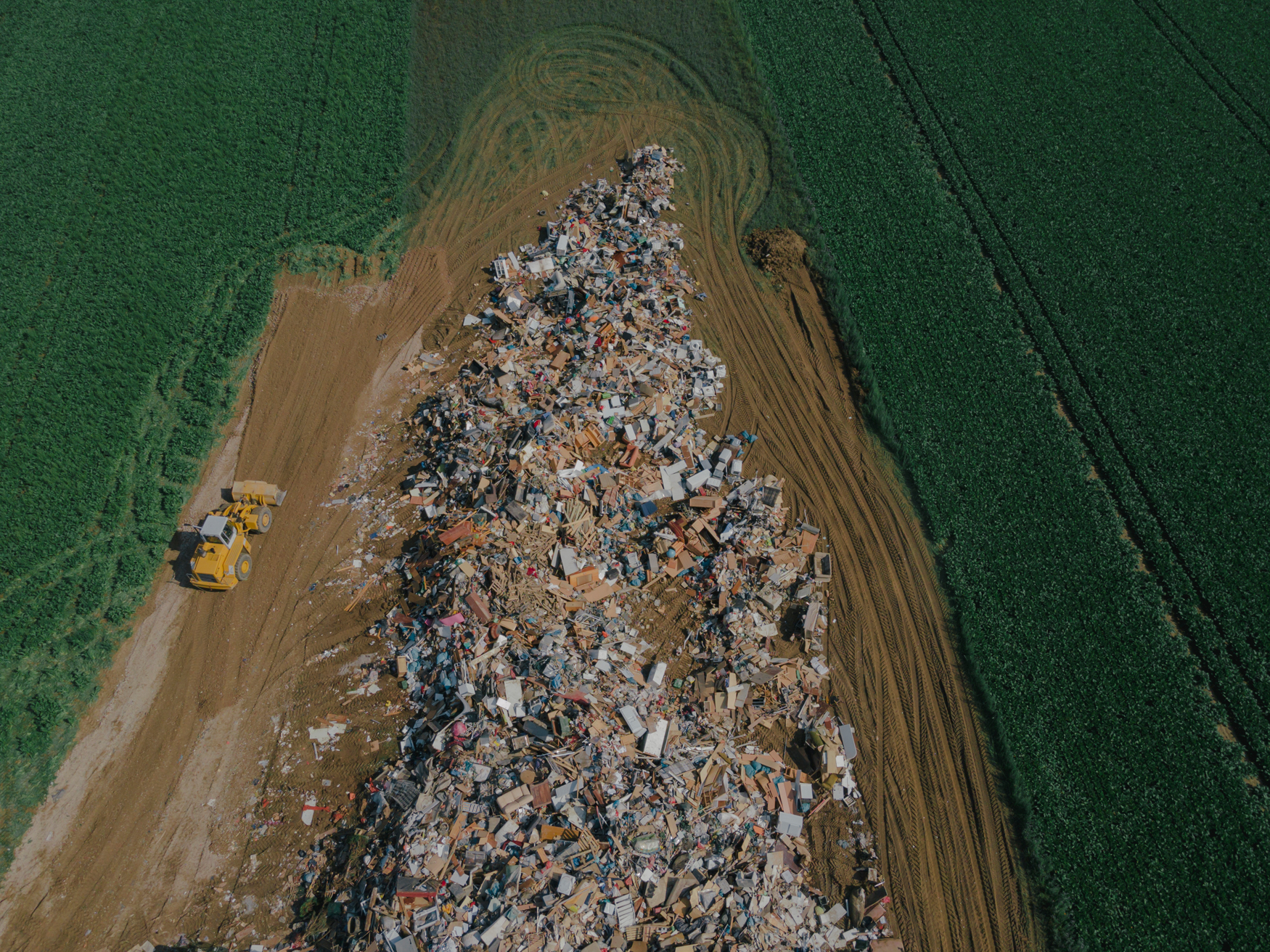
All this year’s shortlisted series will be introduced on the LOBA website, over the coming months, leading up to October.
On October 20 2022, the winners in the Main and Newcomer categories will be honored during an award ceremony, within the framework of a large Celebration of Photography, during which the Leica Hall of Fame Award will also be presented.
Get the Digital Camera World Newsletter
The best camera deals, reviews, product advice, and unmissable photography news, direct to your inbox!
Following the award ceremony, all the LOBA series will be on display in a large exhibition at the Ernst Leitz Museum, produced with the kind support of WhiteWall.
• Read more: Best Leica M lenses
A comprehensive accompanying catalogue will be presented in conjunction. After the exhibition in Wetzlar, the LOBA 2022 presentation will be shown at other Leica Galleries and at photo festivals around the world.
The LOBA is one of the most highly endowed and prestigious awards in the field of photography. The winner of the LOBA receives 40,000 euros and Leica camera equipment valued at 10,000 euros and the winner of the Newcomer Award receives 10,000 euros and a Leica Q2.
The members of the LOBA 2022 jury include: Alessia Glaviano, Head of Global PhotoVogue and Director of the PhotoVogue Festival (Italy) Natalia Jiménez-Stuard, Photo Editor of The Washington Post (USA) Dominic Nahr, Photographer (Switzerland) Azu Nwagbogu, Founder and Director of the African Artists´ Foundation (AAF) and the LagosPhoto Festival (Nigeria) Karin Rehn-Kaufmann, Art Director and Chief Representative Leica Galleries International (Austria)
Speaking about LOBA 2022, Karin Rehn-Kaufmann says: "Once again this year, we were impressed by the diversity and high quality of the series submitted; it was particularly delightful to see the many young participants, as well as the higher proportion of women photographers.
The fact that we live in challenging times, defined by climate change and global crises, has also left its mark on this LOBA year. Supporting the work and commitment of photographers around the globe is an increasingly important and meaningful task, which Leica Camera AG is happy to take on"
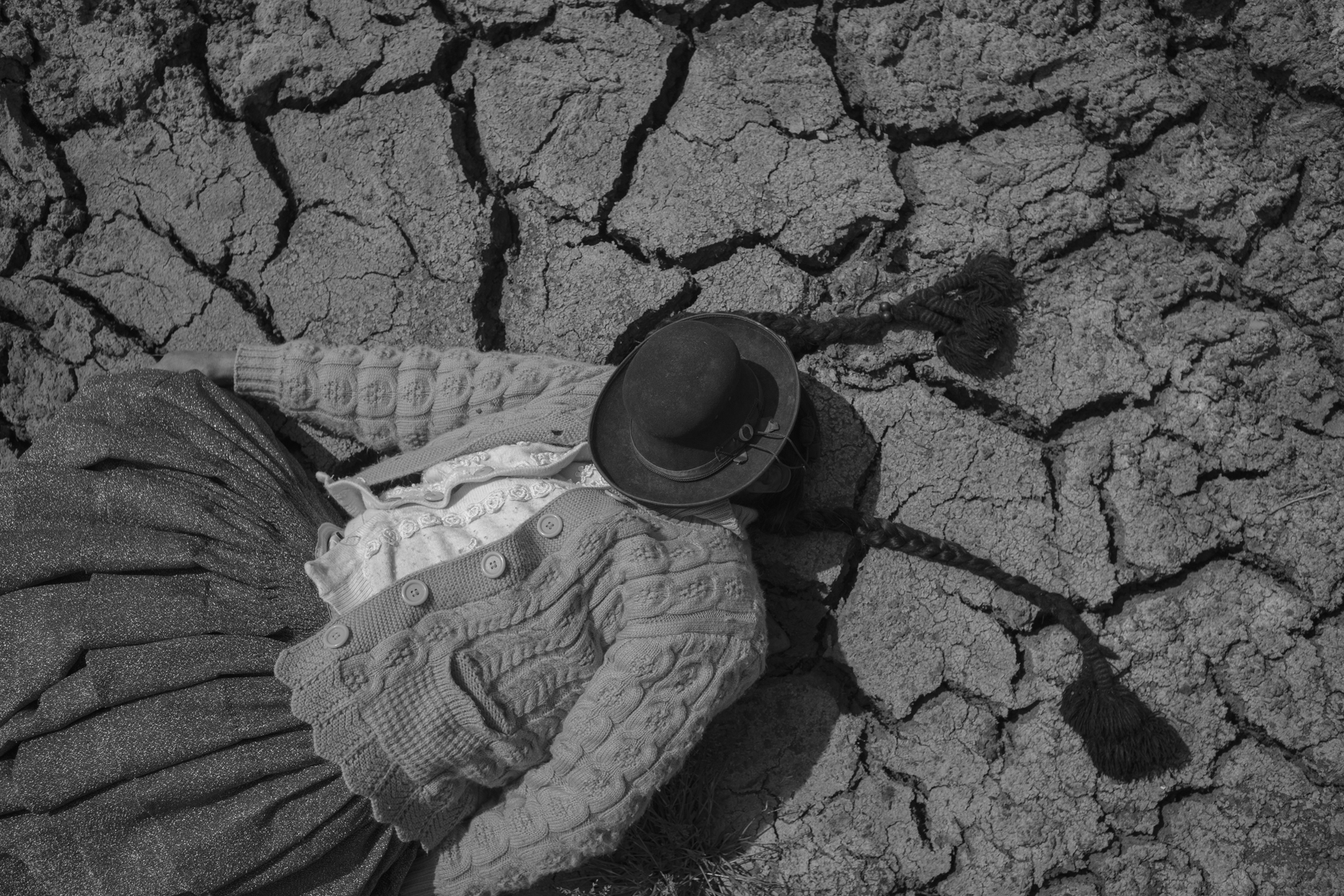
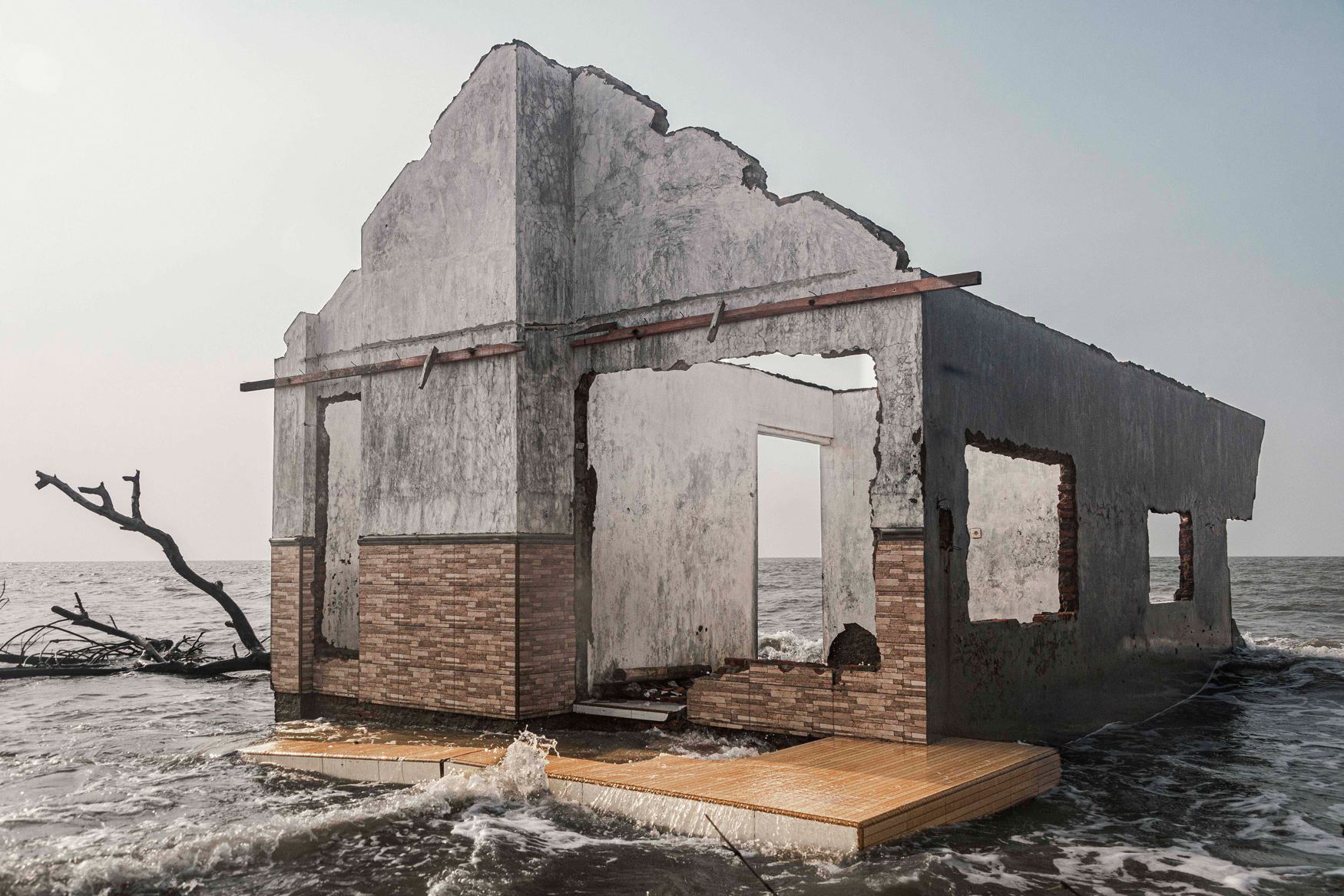
An overview of the LOBA 2022 shortlisted series (Main and Newcomer categories, in alphabetical order):
Lynsey Addario: Women on the Frontline of Climate Change
Four perspectives on the consequences of climate change: the American photojournalist (born 1973) presents women firefighters in Northern California; indigenous women in the Brazilian Amazon fighting slash-and-burn practices and land appropriation; women from flooded areas in Southern Sudan; and women in the drought-plagued regions of Ethiopia. Visually striking images illustrate how the advance of climate change is threatening and destroying every aspect of life, be it in Africa, North or South America
Irene Barlian: Land of the Sea
As the largest island nation on the planet, Indonesia is acutely affected by ongoing climate change. It threatens the livelihoods of millions of people; their displacement has long become a reality. The capital of Jakarta is already known as the fastest sinking metropolis in the world. This is a wake-up call in the form of photography: in this series, the Indonesian photographer (born in 1989) documents a humanitarian crisis and the effects of flooding along the coastal regions
Alessandro Cinque: Peru, a Toxic State
Even today, Peruvian mining is still defined by neo-colonial structures. This black and white series, taken over the past five years or so by the Italian photojournalist (born 1988), documents the serious ramifications of unrestrained mining for the local populace. Peru has always been rich in mineral wealth; consequently, mining is an important economic asset for the country. Even so, the indigenous communities have remained impoverished and suffer greatly from the destruction of their vital resources
DOCKS Collective: The Flood in Western Germany
In July 2021, entire areas of Germany’s Rhineland-Palatinate and North Rhine-Westphalia were devastated due to unusually heavy rainfall and the resulting floods. For months, the German photography collective DOCKS documented the destruction and suffering, as well as the tough reconstruction efforts. The group founded in 2018, includes Aliona Kardash (born 1990), Maximilian Mann (born 1992), Ingmar Björn Nolting (born 1995), Arne Piepke (born 1991) and Fabian Ritter (born 1992
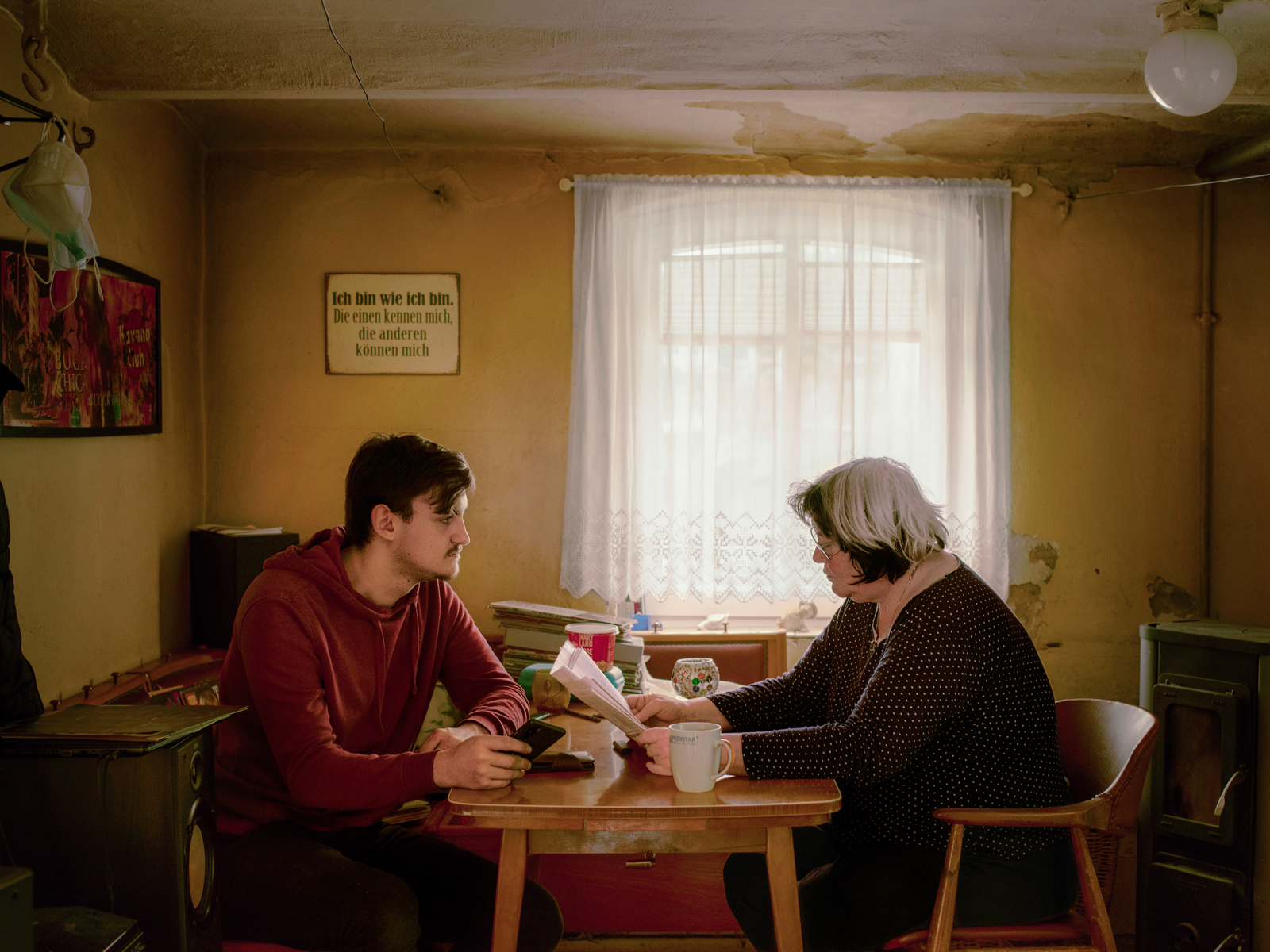
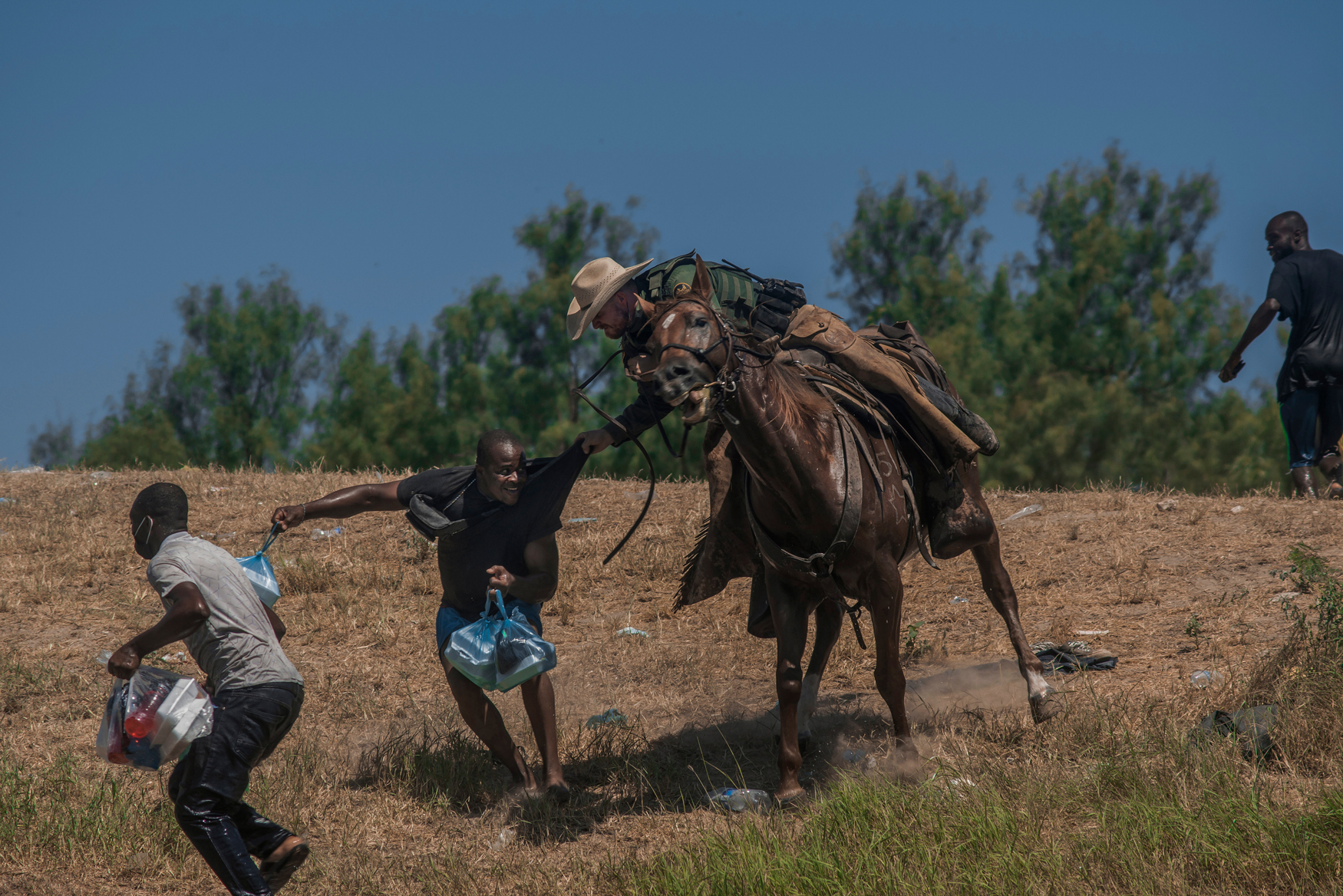
Valentin Goppel: Between the Years
Young adults living in the times of Corona: the German photographer (born 2000) traces the effects of the pandemic on his generation. He, too, experienced the sudden breaking down of old habits and the feeling of insecurity, which seemed to determine every plan for the future. Corona appears to be like a catalyst for ongoing disorientation. Photography, however, presented a tool with which to better understand his thoughts and fears, and to find images for the sense of forlornness
Kiana Hayeri: Promises Written on the Ice, Left in the Sun
After the withdrawal of Western troops from Afghanistan in the summer of 2021, it became clear within days, that the Taliban would work to destroy everything that had been achieved concerning freedom of expression, women’s rights and education, replacing them with renewed fear and insecurity. Born in Iran in 1988, the photographer grew up in Canada, and has been living in Afghanistan for more than seven years: time and again her work focuses in particular on the difficult living situations for women.
Nanna Heitmann: Protectors of Congo’s Peatland
Active local climate protection with global repercussions: in this series, the German photographer (born 1994) introduces the inhabitants of Lokolama, a village in the Democratic Republic of Congo. They are determined to defend their vast, and hitherto untouched peatlands against the threat of deforestation and resource extraction. Enormously important to the global climate, the area represents one of the largest tropical peatlands on the planet – an ecological marvel that stores many billions of tonnes of carbon
M’hammed Kilito: Before It’s Gone
Oases are an important ecological buffer against desertification, and represent places of biological diversity. In addition to abundant water and the right soil quality, date palms are a crucial element. Now more than ever, the balance of these factors is threatened by climate change and human intervention. The Moroccan photographer (born in 1981) provides insight, not only into this sensitive ecosystem, but also into the intangible heritage of the nomadic cultures of his home country.

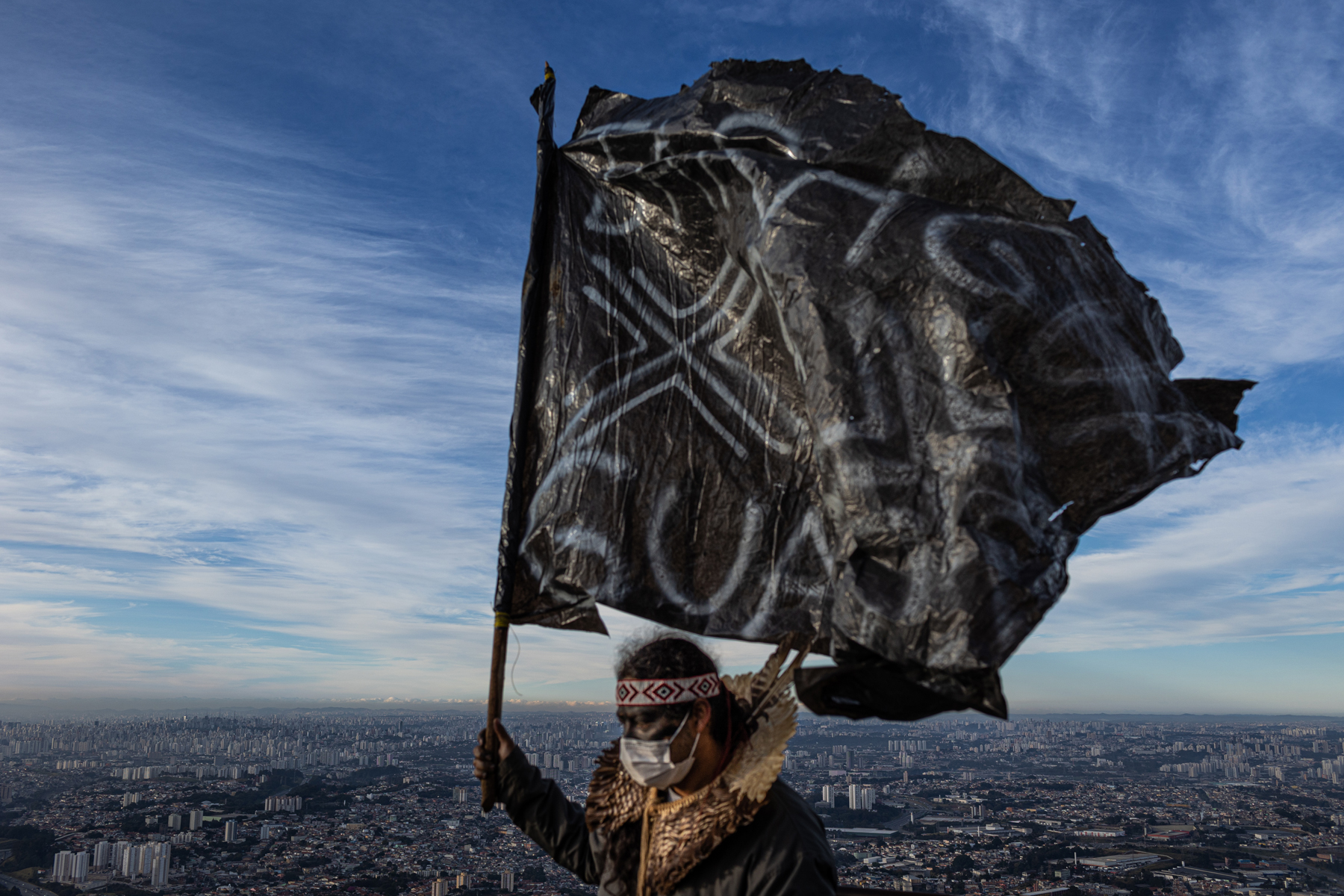
Léonard Pongo: Primordial Earth
Inspired by the country’s traditions, craftsmanship and mythologies, this series is dedicated to the landscapes of the Democratic Republic of Congo. Born in 1988, the Belgian photographer and visual artist’s approach is highly subjective. Transgressing the material limits of photography, themes of emergence, apocalypse and eternal recurrence become an allegorical narrative about the history of humanity and the planet, with the Congo at its centre.
Victoria Razo: Haitian Migration Crisis
This series focuses on the Dorjean-Desmornes family, whom the Mexican photographer (born 1994) accompanied for two and a half months during their migration to the USA. The family came originally from Haiti, and they are among the thousands of people who tried to reach the US via Mexico, in September 2021 alone. Their fate is representative of those who hope for a better life by migrating to the US, despite a journey representing years of hardship and great risk to their lives.
Felipe Romero Beltrán: Bravo
In this photographic essay, the Colombian photographer, born in 1992 and now residing in Spain, places the border region between the US and northern Mexico at the centre of his observations. The Rio Bravo is defined by its double status as both a river and the borderline. The project, which is still in progress, was begun on the river’s Mexican banks. Everything there seems to be in limbo; be it people, objects or even the architecture. Everything is defined by the border situation.
Rafael Vilela: Forest Ruins: Indigenous Way of Life and Environmental Crisis in the Americas’ Largest City
#The largest city in the Americas stands on former forest lands, a large region along the Brazilian coast, once inhabited by the indigenous Guarani people. One of the few pockets remaining today in the São Paulo area consists of six villages with around 700 Guarani Mbyá, and is the smallest demarcated indigenous land in Brazil. The Brazilian photographer (born 1989) dedicated himself to this indigenous community and questions the standard urban development model, in times of climate change

For nearly two decades Sebastian's work has been published internationally. Originally specializing in Equestrianism, his visuals have been used by the leading names in the equestrian industry such as The Fédération Equestre Internationale (FEI), The Jockey Club, Horse & Hound, and many more for various advertising campaigns, books, and pre/post-event highlights.
He is a Fellow of the Royal Society of Arts, holds a Foundation Degree in Equitation Science, and holds a Master of Arts in Publishing. He is a member of Nikon NPS and has been a Nikon user since his film days using a Nikon F5. He saw the digital transition with Nikon's D series cameras and is still, to this day, the youngest member to be elected into BEWA, the British Equestrian Writers' Association.
He is familiar with and shows great interest in 35mm, medium, and large-format photography, using products by Leica, Phase One, Hasselblad, Alpa, and Sinar. Sebastian has also used many cinema cameras from Sony, RED, ARRI, and everything in between. He now spends his spare time using his trusted Leica M-E or Leica M2, shooting Street/Documentary photography as he sees it, usually in Black and White.
